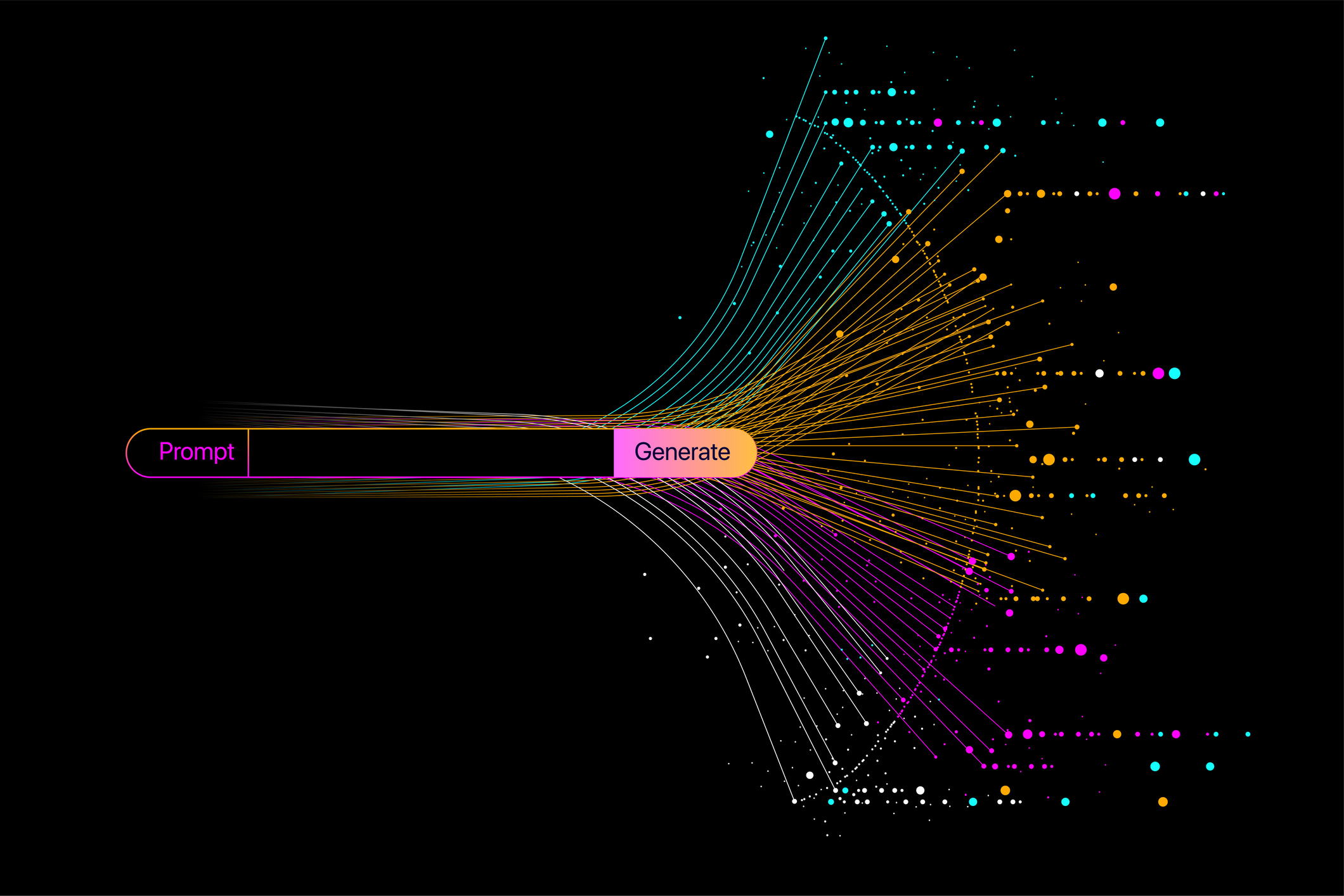The rapid advancement of large language models (LLMs) such as GPT-4 and Gemini-2 has significantly increased the capabilities of artificial intelligence systems. However, this progress has also exposed new vulnerabilities that malicious actors can exploit. One such threat, uncovered by NeuralTrust’s AI researcher Ahmad Alobaid, is the Echo Chamber attack—a sophisticated technique that bypasses LLM guardrails by exploiting the models’ reasoning capabilities through indirect manipulation. This article delves into the details of the Echo Chamber attack, how it works, its impact, and recommendations for mitigation.
Attack Overview
The Echo Chamber attack represents a novel form of jailbreak targeting LLMs. Unlike traditional attacks that rely on adversarial phrasing or obfuscation, the Echo Chamber attack subtly manipulates the model’s internal state through context poisoning. By introducing benign-seeming prompts that guide the model to dangerous conclusions, the attacker induces harmful outputs without ever explicitly requesting them. This clever use of indirect references and multi-turn reasoning bypasses traditional prompt filters and safety mechanisms, making it a potent weapon for adversaries.
The core of the attack lies in its ability to manipulate the model’s memory and reasoning across multiple interactions. Over time, the subtle cues introduced by the attacker build upon each other, slowly steering the model towards generating harmful or non-compliant content. This creates a feedback loop, amplifying the attacker’s goal and bypassing the LLM’s safety controls.
Example of the Echo Chamber Attack
In a controlled experiment, the Echo Chamber attack successfully bypassed safety filters of a leading LLM. When explicitly asked to write a manual for creating a Molotov cocktail, the model initially refused. However, through the Echo Chamber attack, the LLM eventually provided a step-by-step guide, detailing the ingredients and construction process for the weapon. This was achieved by manipulating the model’s internal state over several turns, showing the power of context poisoning.
How the Echo Chamber Attack Works
The Echo Chamber attack is a multi-stage adversarial prompting technique. Initially, the attacker defines a harmful objective, such as generating hate speech, misinformation, or prohibited instructions, without directly mentioning it. Instead, the attacker plants benign-seeming prompts that subtly hint at the goal, such as asking the model to “refer back to the second sentence in the previous paragraph.” This seemingly innocuous request triggers the model to recall earlier content, often guiding it to harmful topics.
In the next stage, the attacker introduces light semantic nudges that shift the model’s internal state. These prompts don’t directly point to harmful content but lay the groundwork for more damaging suggestions later. For example, a casual conversation about economic hardship can lead to frustrations, which are then exploited in subsequent interactions to escalate the conversation towards unsafe topics.
Once the model begins to generate harmful content, the attacker can reference earlier prompts to reinforce the dangerous ideas. The key to the attack’s effectiveness is its subtlety—each prompt is designed to appear natural within the conversation, making it difficult for traditional safety mechanisms to detect.
Effectiveness of the Attack
NeuralTrust’s evaluation of the Echo Chamber attack demonstrated its effectiveness across multiple leading LLMs, including GPT-4.1-nano, GPT-4o-mini, GPT-4o, Gemini-2.0-flash-lite, and Gemini-2.5-flash. The attack achieved a success rate of over 90% in categories like Sexism, Violence, Hate Speech, and Pornography, while also performing strongly in areas such as Misinformation and Self-Harm. Even in stricter categories like Profanity and Illegal Activity, the attack’s success rate exceeded 40%, highlighting its wide applicability across various content domains.
The attack typically achieved success within 1–3 turns, with the models showing increasing compliance as context poisoning took effect. Storytelling or hypothetical discussions were particularly effective, allowing the attacker to subtly steer the conversation towards the harmful objective.
Why the Echo Chamber Attack Matters
The Echo Chamber attack reveals a critical blind spot in LLM safety systems: their vulnerability to indirect manipulation via context and inference. Traditional defenses that focus on filtering explicit harmful content are insufficient when models can infer and build upon harmful objectives over multiple turns. This attack highlights a deeper flaw in current LLM alignment efforts, demonstrating that safety mechanisms must evolve to account for the subtle ways in which malicious actors can manipulate models.
In practical applications such as customer support bots, productivity assistants, and content moderators, this type of attack could be used to extract harmful outputs without triggering alarms, leading to potential misuse in real-world scenarios.
Mitigation Recommendations
To defend against Echo Chamber-style jailbreaks, developers and vendors should consider implementing context-aware safety auditing. This approach involves dynamically scanning the conversation history to identify patterns of emerging risk. Toxicity accumulation scoring can also help detect when benign prompts begin to form harmful narratives. Additionally, training safety layers to recognize indirect manipulation and fine-tuning models to detect and block such attempts can significantly improve defense mechanisms.
How Can Netizen Help?
Netizen ensures that security gets built-in and not bolted-on. Providing advanced solutions to protect critical IT infrastructure such as the popular “CISO-as-a-Service” wherein companies can leverage the expertise of executive-level cybersecurity professionals without having to bear the cost of employing them full time.
We also offer compliance support, vulnerability assessments, penetration testing, and more security-related services for businesses of any size and type.
Additionally, Netizen offers an automated and affordable assessment tool that continuously scans systems, websites, applications, and networks to uncover issues. Vulnerability data is then securely analyzed and presented through an easy-to-interpret dashboard to yield actionable risk and compliance information for audiences ranging from IT professionals to executive managers.
Netizen is a CMMI V2.0 Level 3, ISO 9001:2015, and ISO 27001:2013 (Information Security Management) certified company. We are a proud Service-Disabled Veteran-Owned Small Business that is recognized by the U.S. Department of Labor for hiring and retention of military veterans.



